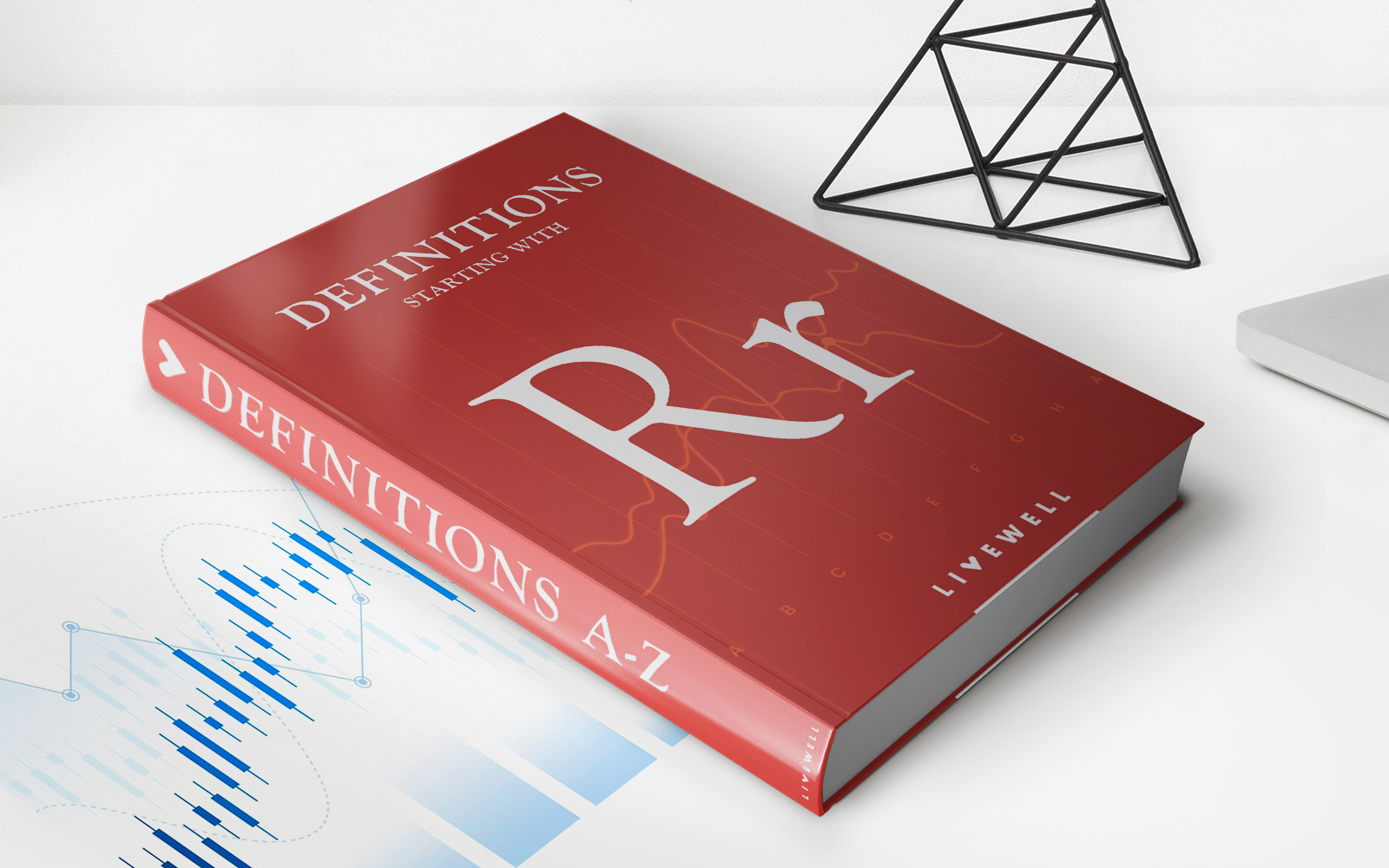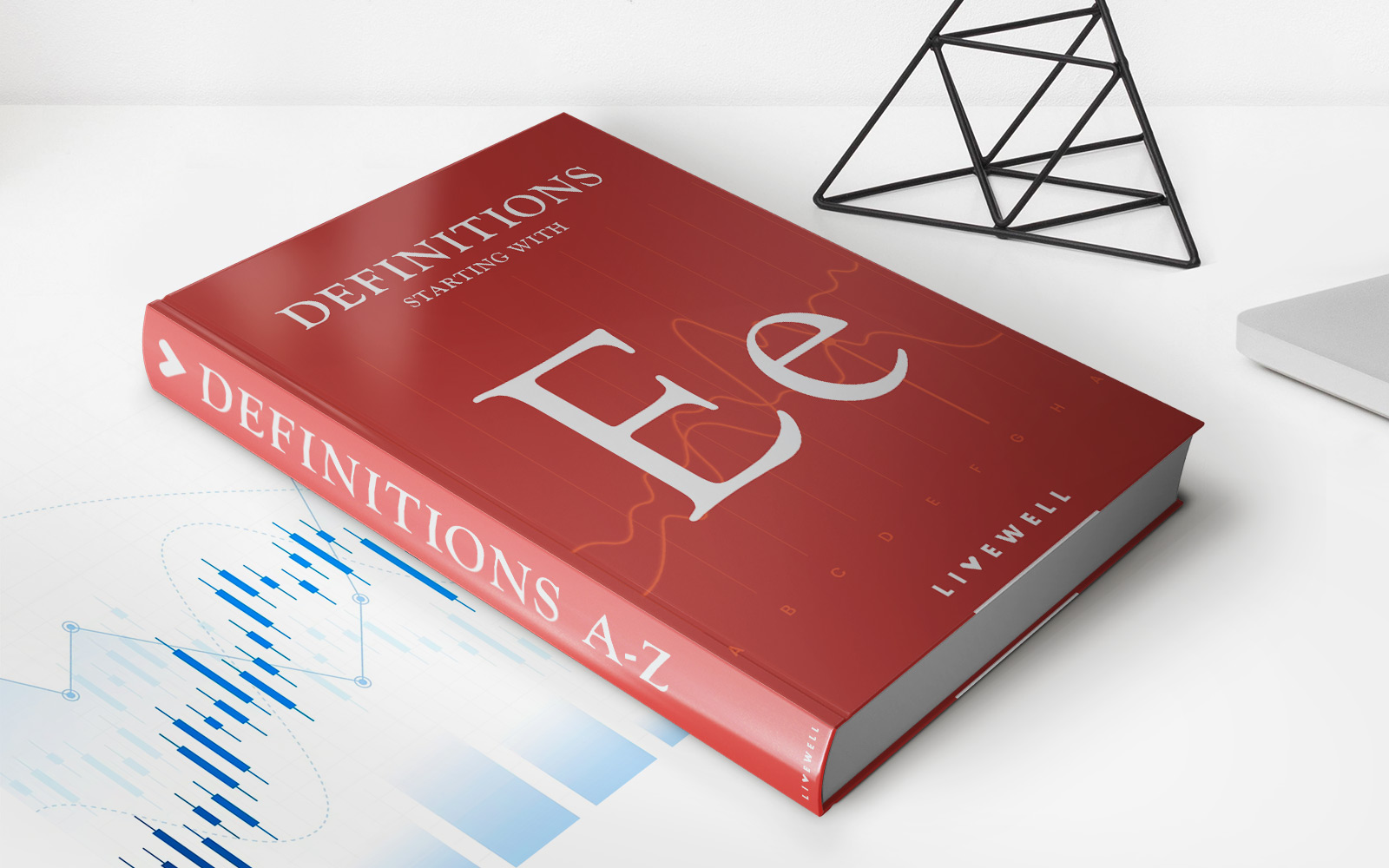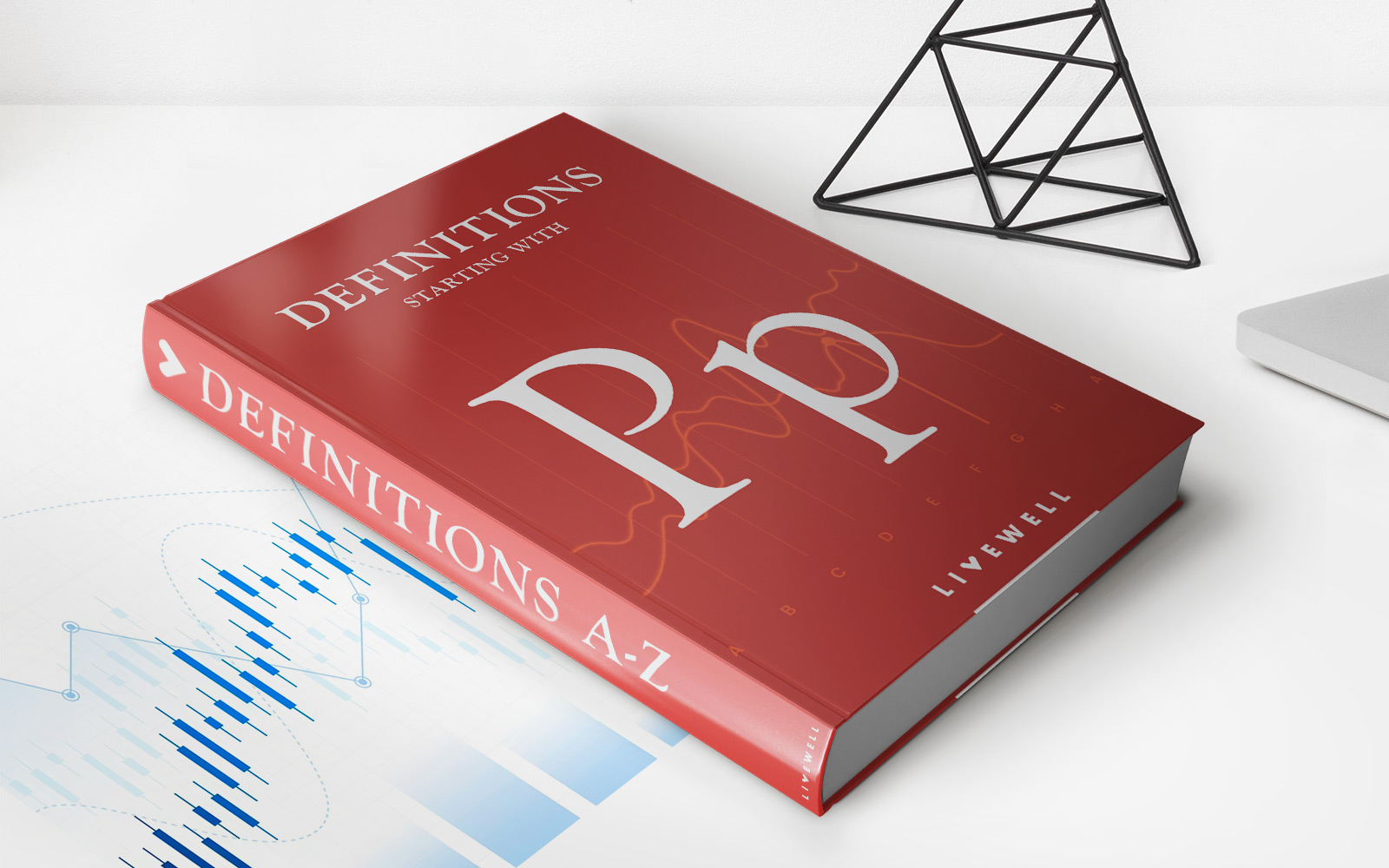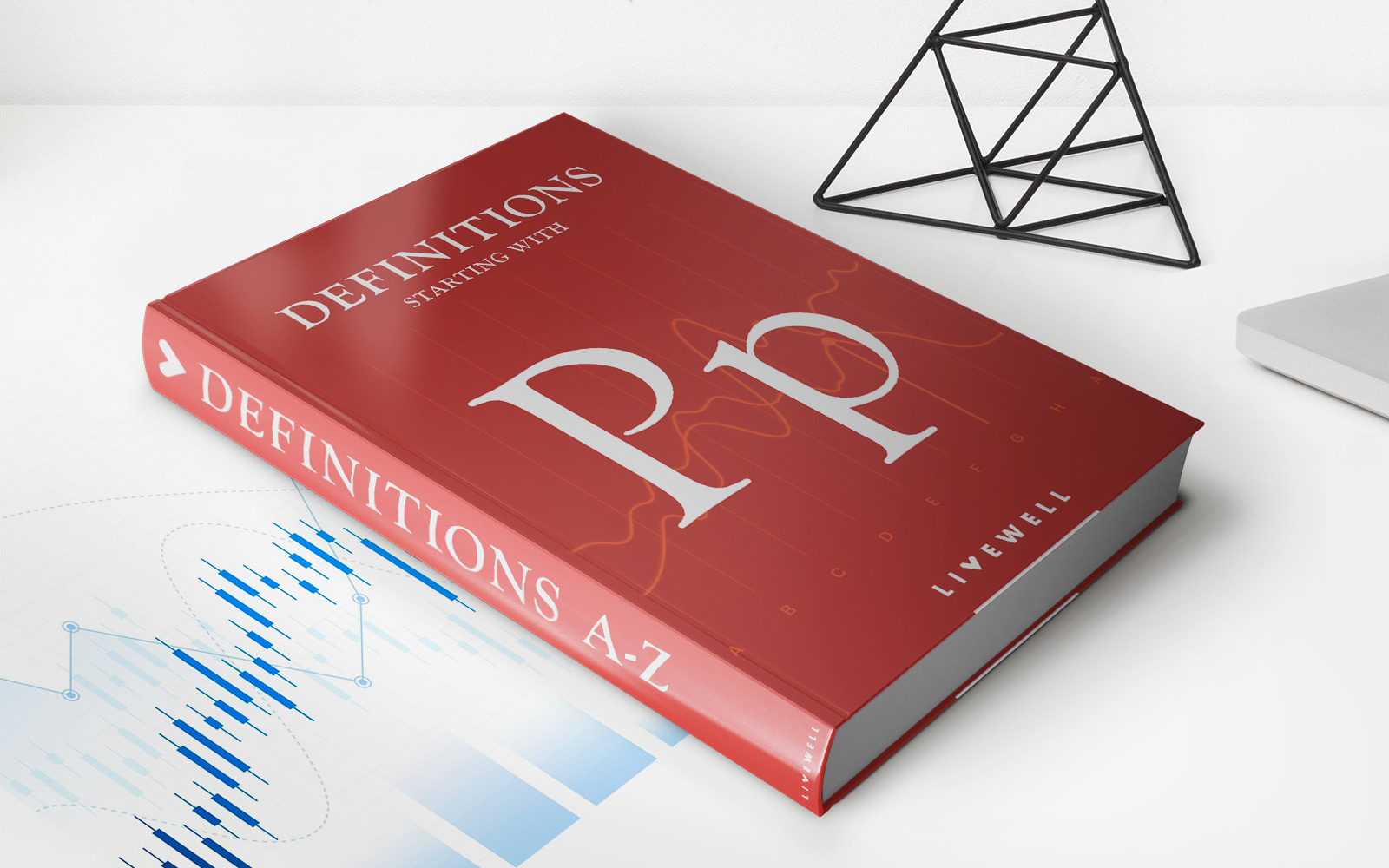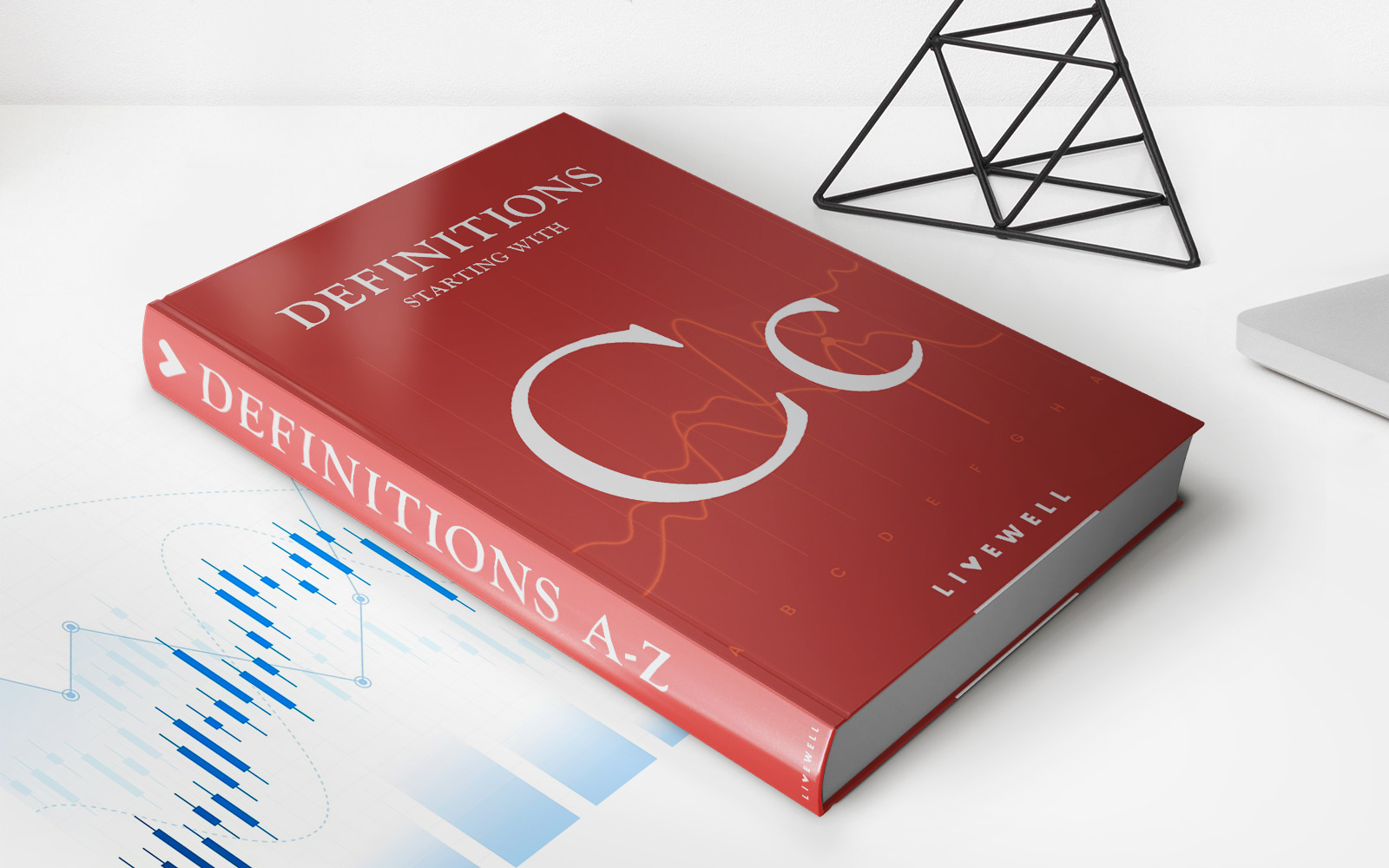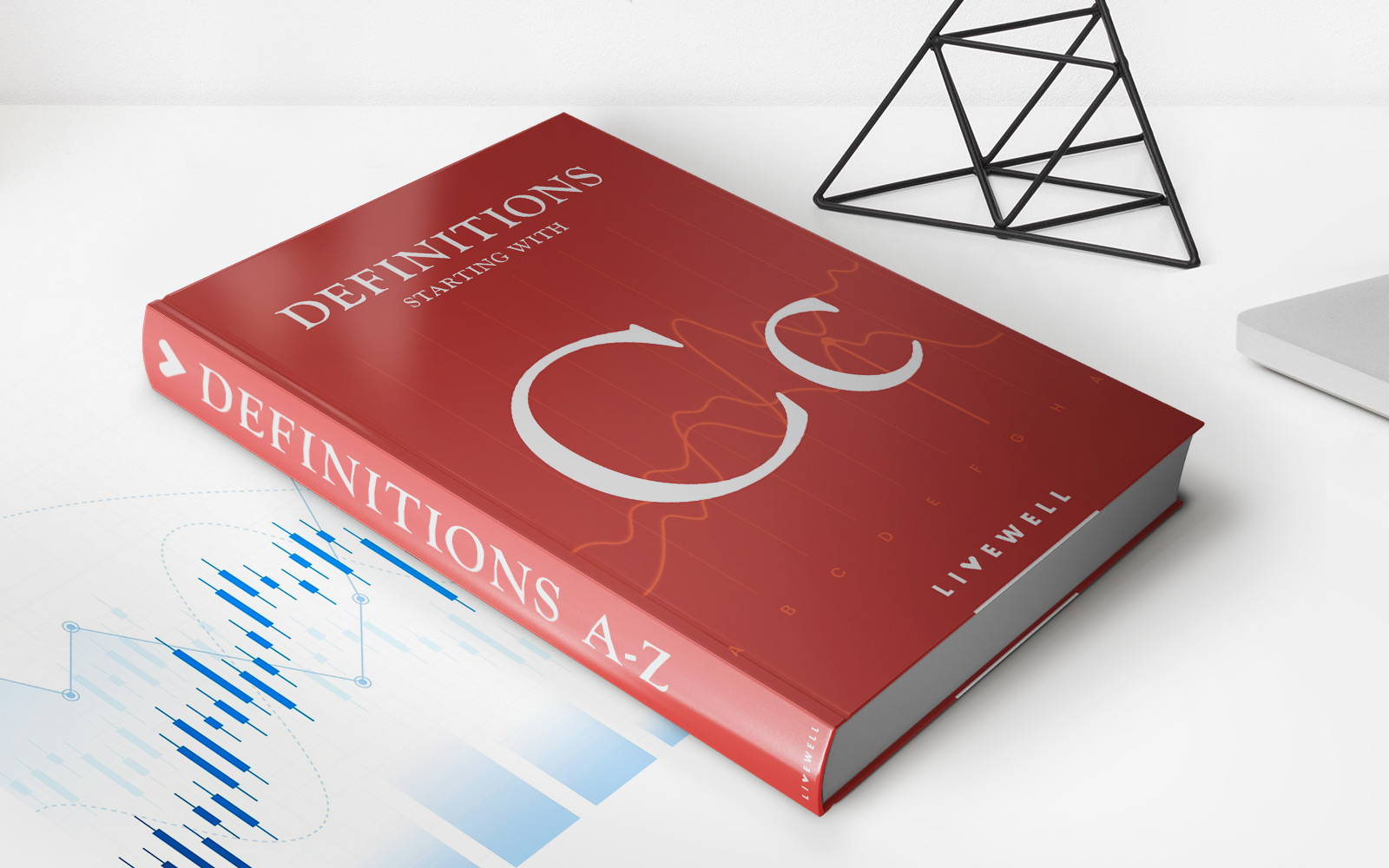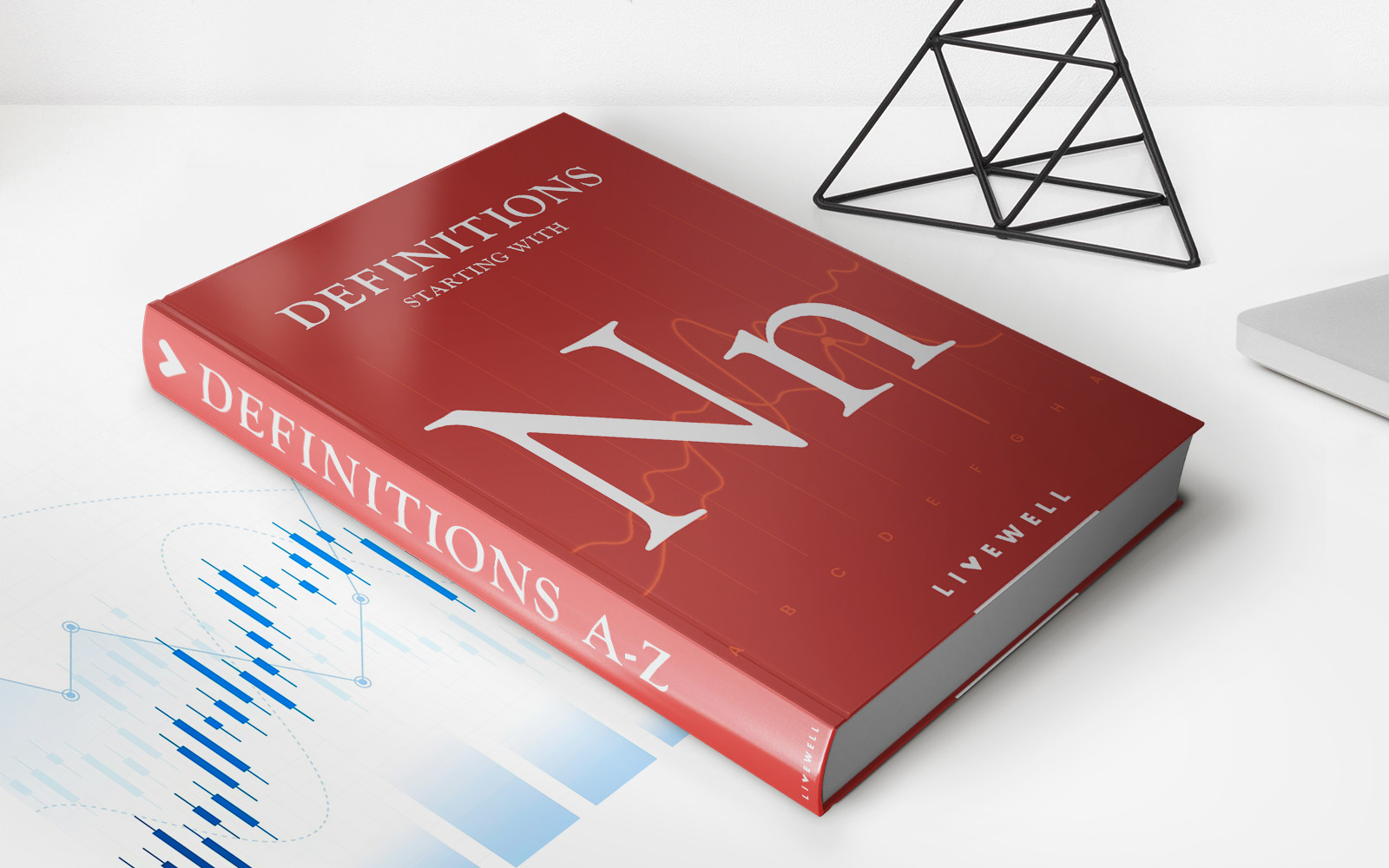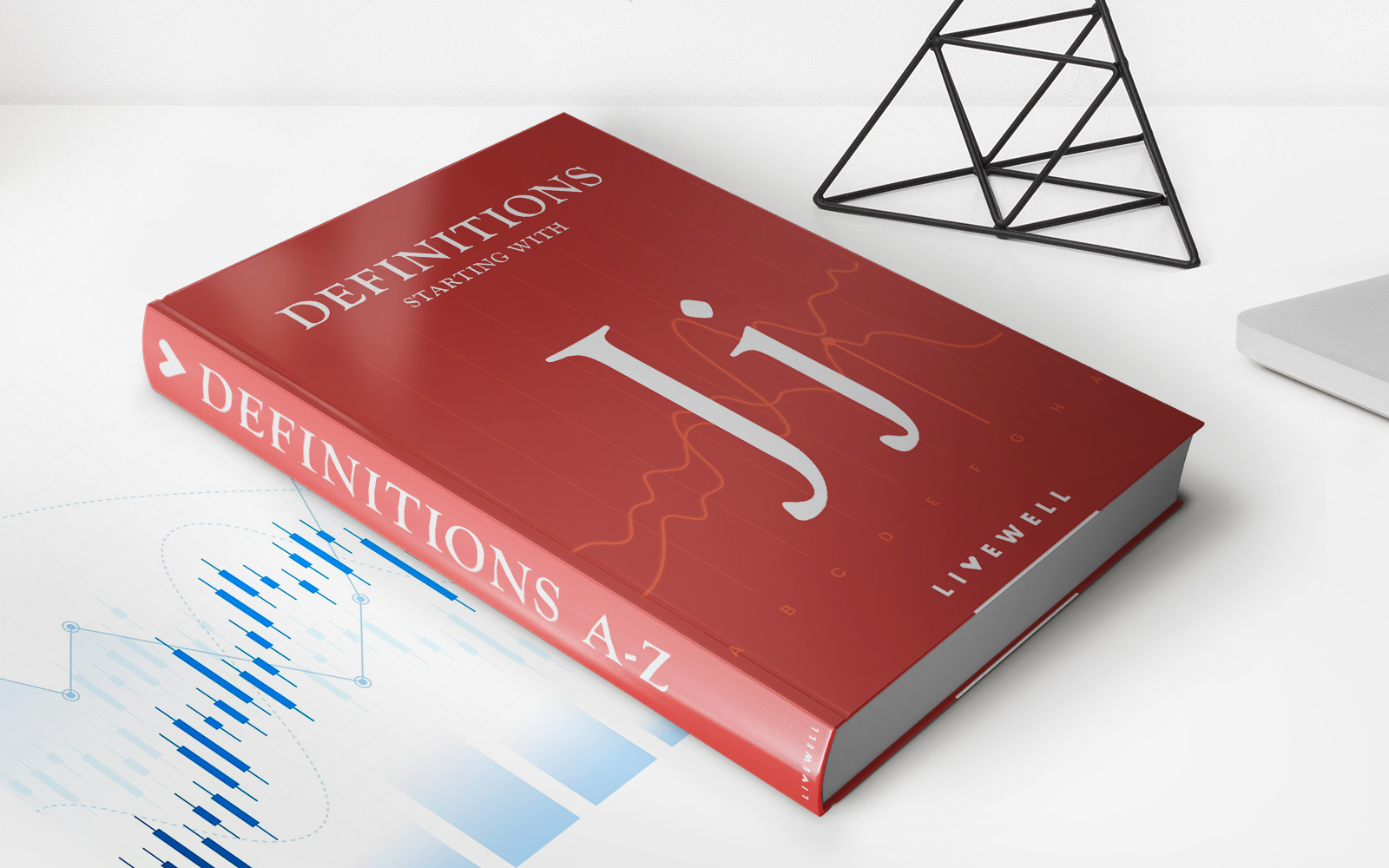Home>Finance>Benefit Allowance: Definition, Purposes, And Types
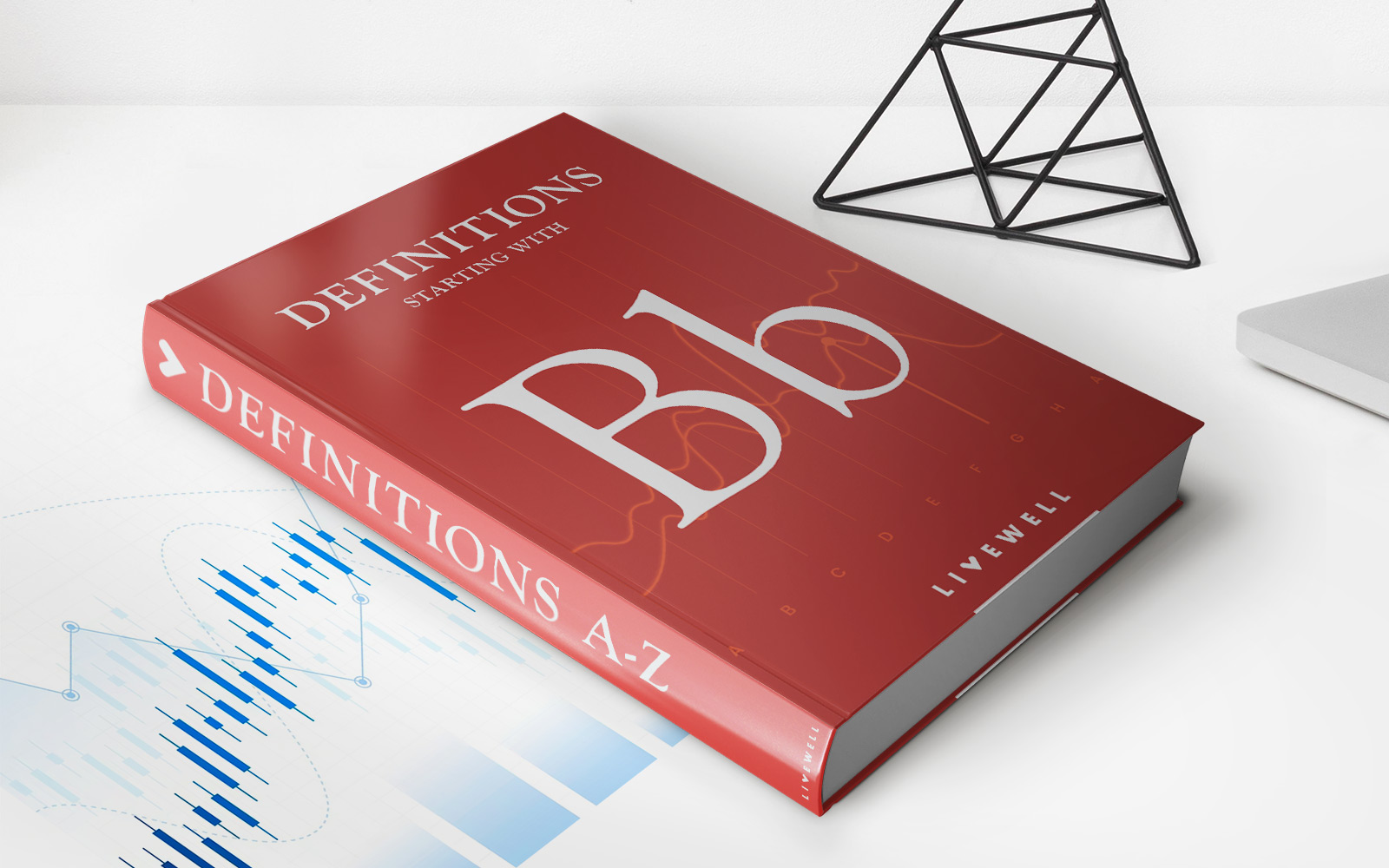

Finance
Benefit Allowance: Definition, Purposes, And Types
Published: October 15, 2023
Learn about finance benefit allowance, its definition, purposes, and types. Enhance your financial knowledge with our comprehensive guide.
(Many of the links in this article redirect to a specific reviewed product. Your purchase of these products through affiliate links helps to generate commission for LiveWell, at no extra cost. Learn more)
Unlocking the Power of Benefit Allowance: Understanding the Definition, Purposes, and Types
Welcome to the world of finance! Today, we are diving into a fascinating topic that can have a significant impact on your financial wellbeing – Benefit Allowance. In this article, we will explore what a benefit allowance is, its purposes, and the different types you may encounter. So grab a cup of coffee and let’s dive in!
Key Takeaways:
- A benefit allowance is a specified amount of money or resources provided to individuals by an employer or government to cover specific expenses or enhance their overall financial stability.
- The purposes of a benefit allowance can vary, but common goals include improving employee motivation, ensuring fair compensation, and assisting with necessary expenses.
What is a Benefit Allowance?
Imagine receiving a little extra financial boost to help with specific expenses or enhance your overall financial stability. That’s what a benefit allowance is all about! Whether provided by an employer or a government entity, a benefit allowance is a specified amount of money or resources allocated to individuals to cover specific expenses or improve their financial well-being.
These allowances can come in various forms, including cash, vouchers, or other resources like healthcare benefits or educational assistance. Benefit allowances are often designed with specific purposes in mind, and the types offered can differ depending on the organization or governing body.
Purposes of a Benefit Allowance:
Benefit allowances serve several essential purposes. Let’s take a closer look:
- Improving employee motivation and morale: One common purpose of benefit allowances is to motivate employees and boost morale. By providing additional financial resources for employees, organizations can show their appreciation and create a positive work environment.
- Ensuring fair compensation: Benefit allowances can help bridge the gap between an employee’s needs and their compensation package. They are often used to complement salary structures and ensure that employees feel adequately compensated for their work.
- Assisting with necessary expenses: Another purpose of benefit allowances is to assist individuals with specific expenses, such as housing, childcare, transportation, or education. By providing financial support in these areas, organizations or governments can help alleviate the burden and improve the overall quality of life.
- Attracting and retaining talent: Offering attractive benefit allowances is a strategic way for organizations to attract and retain top talent. Candidates often consider the overall compensation package, including benefit allowances, when evaluating job opportunities.
Types of Benefit Allowances:
Now that we understand the definition and purposes of benefit allowances, let’s explore some common types that you may come across:
- Housing Allowance: Typically provided by employers, a housing allowance is a designated amount of money or resources to assist with housing-related expenses such as rent or mortgage payments.
- Transportation Allowance: This type of allowance helps cover transportation costs, including commuting expenses or travel for work-related purposes.
- Education Allowance: Education allowances are often provided to employees or individuals to support their pursuit of higher education, professional development, or vocational training.
- Healthcare Allowance: Healthcare allowances can take the form of insurance coverage, reimbursement for medical expenses, or access to healthcare services.
- Childcare Allowance: As the name suggests, this type of allowance assists with the cost of childcare, including daycare or babysitting services.
These are just a few examples of benefit allowances, and the types offered can vary widely depending on the organization or governing body providing them. It’s essential to understand the specific benefit allowances available to you and make the most of them to improve your financial stability.
In Conclusion
A benefit allowance can be a powerful tool in enhancing your financial well-being. By understanding the definition, purposes, and types of benefit allowances, you can leverage these resources to assist with necessary expenses, improve motivation, and ensure fair compensation. Remember to explore and take full advantage of the benefit allowances available to you, both through your employer and government programs. Your financial journey will thank you!
